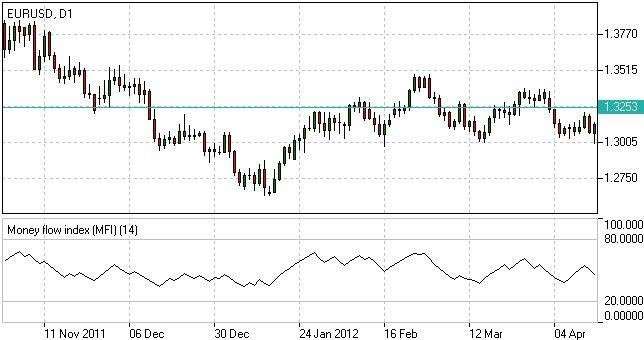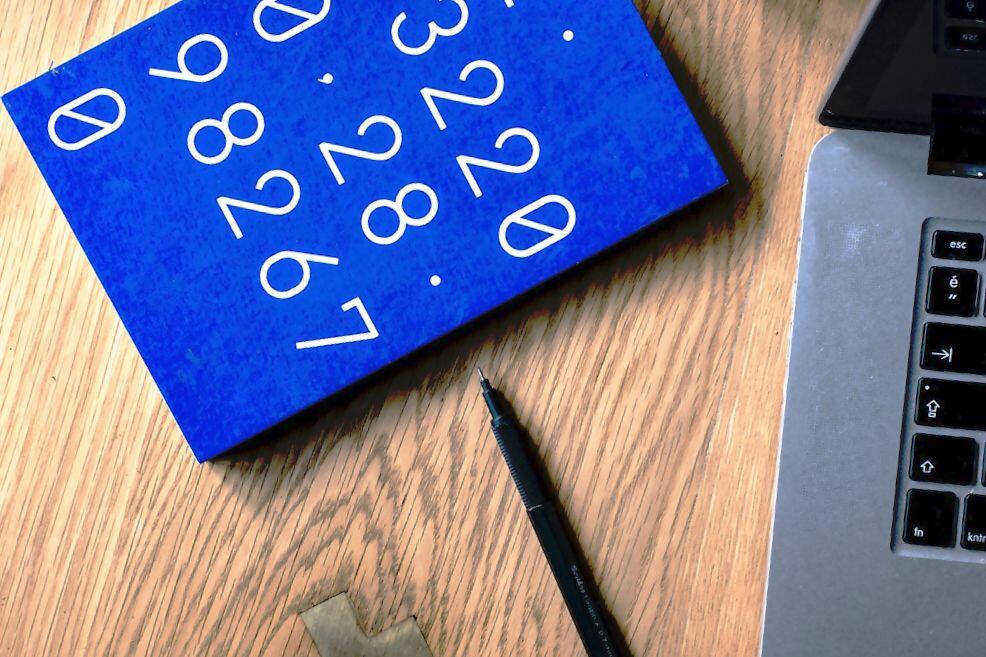day trading patterns: 5 Day Trading Patterns You Should Track in Tradervue


Please ensure you understand how this product works and whether you can afford to take the high risk of losing money. In order to understand this, let’s look at some basic candlestick patterns, which are useful for day trading. For trading within a day, traders use smaller timeframes to see short-term movements of the price.
Some patterns are more suited to a volatile market, while others are less so. Some patterns are best used in a bullish market, and others are best used when a market is bearish. A chart is a set of prices superimposed, most often, on a time interval. As a rule, the ordinate of the chart represents the price scale and the abscissa the time scale. The asset prices are plotted from left to right so that the right side of the chart shows the most recent data. The double bottom occurs when there are two troughs at the same height, indicating that sellers are in a weaker position than they were.
The ascending triangle is a continuation pattern—it gives us a signal that the trend that is playing out right now will continue to hold. It is also a bullish pattern—meaning that it signals that an uptrend will continue. We use support and resistance lines to ascertain whether or not a new trend is going to occur in a stock’s price. The support line is the bottom line—it tells us the price that the stock hasn’t traded under, and the upper, resistance line, tells us the price that the stock hasn’t traded over. As you might have gathered, these lines are above and below the current trading price, respectively. Just like the ascending triangle, the entry is not at the initial break out of the wedge.
I always wait for a close above the second to last swing high that test the downtrend angle. Both of the bullish signals occur right as price is testing a break of the ascending triangle, giving us a very nice setup for a long entry. The ascending triangle, though, is not only an overwhelmingly bullish continuation pattern; it is also one of the single most sought after bullish patterns that exist. So these are five day trading patterns you should track on your charts.
The bullish flag is used to identify a good entry point for long positions, which makes it one of the most popular chart patterns for day trading. To set the target profit, copy the flagpole and paste it starting from the breakout point. The double bottom pattern is the opposite of the double top pattern signaling the beginning of a new trend. As a rule, it occurs in the local base of the asset and tests the support level twice. The development of this pattern involves a breakdown of the resistance level, after which the quotes test the broken resistance.
How much does trading cost?
But before we move on, we have to talk about Japanese candlesticks. If you’re not familiar with them, looking at these charts will prove incomprehensible—and if you are familiar with them, it’s also useful to know why day traders prefer this charting method. The hammer pattern belongs to japanese candlesticks analysis and is characterized as a bullish reversal pattern signal. Hammer candlestick is one of the best patterns for intraday trading.
The bullish engulfing candlestick shows pure and unquestionable control by the buyers. It is arguably the most sought after bullish candlestick patterns. Out of all the single candlestick patterns that exist, none is perhaps more confirming of a bullish move than the bullish engulfing candlestick. As seen in the image below, there is a steady increase in both price and volume.
Double Bottom Chart Pattern: Meaning, Guide and Tips
A rounding bottom chart pattern can signify a continuation or a reversal. For instance, during an uptrend an asset’s price may fall back slightly before rising once more. A double top is another pattern that traders use to highlight trend reversals. Typically, an asset’s price will experience a peak, before retracing back to a level of support.

This means we want to find a price point which the price action is having some serious difficulty crossing. In our example, we want to find a price that TSLA is having a hard time going over. Of course, if both a chart pattern and technical indicators agree that a stock’s price is going to experience a rally, you’re good to go.
Some patterns tell traders they should buy, while others tell them when to sell or hold. A wedge angled down represents a pause during an uptrend; a wedge angled up shows a temporary interruption during a falling market. As with pennants and flags, volume typically tapers off during pattern formation, only to increase once price breaks above or below the wedge pattern. So, if you’re intent on making short-term moves, i.e. trading, you’re left with technical analysis.
After that, the price bounces higher to the level of the side channel height, which formed between the support and resistance lines. The ascending triangle continuation pattern has a clear horizontal resistance line. After consolidation, the asset price breaks through this resistance level, and the price continues to rise by the height of the ascending triangle. The formation of this type of continuation patterns looks like the narrowing of price swing highs and swing lows.
Trendlines in Technical Analysis
The falling wedge is one of the continuation patterns that resembles the triangle chart pattern, so novice day traders often make mistakes when opening trades. As part of risk management, price movement must be defined as the height of the wedge itself. However, with a massive increase in trading volumes, quotes may go even higher.
Day Trading Patterns FAQs
The longer the pattern takes to develop and the larger the price movement within the pattern, the larger the expected move once the price breaks out. Reversals that occur at market tops are known as distribution patterns, where the trading instrument becomes more enthusiastically sold than bought. Conversely, reversals that occur at market bottoms are known as accumulation patterns, where the trading instrument becomes more actively bought than sold.
It’s a clear-cut sign that a new bullish pattern is beginning—and it’s advisable to buy as soon as the trend is confirmed. The bearish engulfing candle appears in opposite circumstances and is a strong sell signal. The first thing that pops out is the notable size disparity between the two candles—and this is the key to the concept of this pattern. The bullish engulfing candle happens during a clear downtrend—after a single red or hollow candle, the next is much larger, and opens at the same price or an even lower one than the previous close.
It will then climb up once more before reversing back more permanently against the prevailing trend. Bullish and bearish engulfing patterns are some of the good candlestick patterns for day trading. Bullish engulfing is formed when the body of a white candle completely engulfs the previous black candle, which signals a strong buying impulse.
Now, before we begin, let’s just make one thing crystal clear—this isn’t a silver bullet. There are no fast and easy solutions in the world of investing—but if you take the time to carefully study these patterns, you’ll have a huge leg up on the competition. If you really apply yourself and get acquainted with all of them, you’ll always have at least some idea of what an asset’s price is going to do.
After active growth in the bullish flag and decline in the bearish flag, quotes are consolidated in a descending or ascending rectangle, which forms the pattern. The stop loss order should be placed just below or above the flag itself, depending on whether it is bullish or bearish. The target for this pattern is equal to the height of the flagpole. In this article, we will analyze popular patterns for stock markets, which can also be applied to various complex instruments, for example, currency and cryptocurrency pairs.
